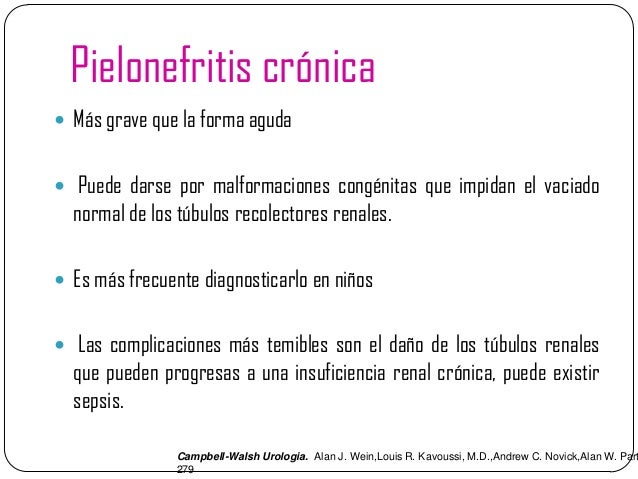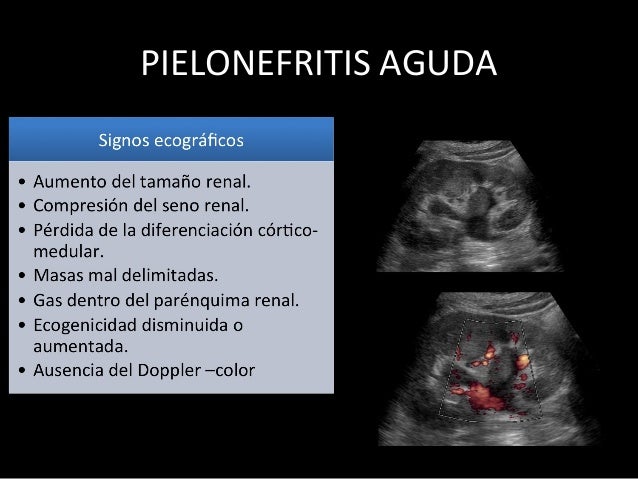Ecografia Renal Y De Vias Urinarias Pdf

The Spanish Association of Pediatrics has as one of its main objectives the dissemination of rigorous and updated scientific information on the different areas of pediatrics. Annals of Pediatrics is the Body of Scientific Expression of the Association and is the vehicle through which members communicate. Publishes original papers on clinical research in pediatrics from Spain and Latin American countries, as well as review articles prepared by the best professionals in each specialty communications and annual meeting minute books of the Association, and practice guidelines developed by the various Societies / Sections Specialized integrated into the Spanish Association of Pediatrics. The magazine, referring to the Spanish-speaking pediatric, indexed in major international databases: Index Medicus / Medline, EMBASE / Excerpta Medica and Spanish Medical Index. IntroductionSeveral authors question the performance of systematic renal ultrasound after first urinary tract infection (UTI) in young children, given the high sensitivity of prenatal ultrasounds to detect major malformations and the low prevalence of clinical relevant findings.
The aims of this study are to evaluate the yield of renal ultrasound performed after the first UTI in patients aged less than 2 years and to analyse potential risk factors (RF) of altered renal ultrasound. Patients and methodsRetrospective study, including patients aged less than 2 years diagnosed with UTI in the Emergency Department between July 2013 and December 2014. Patients with an underlying nephro-urological pathology, previous UTIs and those without prenatal or post-infection renal ultrasound were excluded. Altered renal ultrasound was defined as the presence of dilated urinary tract or structural abnormalities. Potential RF analysed were: male, age less than 3 months, presence of fever and microorganism other than Escherichia coli. Univariate and multivariate logistic regression were performed.
Nitrofurantoina
ResultsA total of 306 patients were included. Altered renal ultrasound was found in 35 cases (11.4%; 95% CI 8.3–15.5): 24 (68.6%) urinary tract dilation, and 11 (31%) structural abnormalities. Among the cases with altered ultrasound, 68.6% were male, 51.4% were younger than 3 months, 74.3% were febrile, and 31.4% were caused by microorganisms other than E.
Nitrofurantoina Dosis
Coli, compared to 45% ( P =.009), 31.7% ( P =.021), 78.2% ( P =.597) and 10% ( P =.001) of cases with normal ultrasound. In the multivariate analysis, age less than 3 months (OR 2.1; 95% CI 1.0–4.3, P =.05) and microorganism other than E. Coli (OR 3.8; 95% CI 1.7–8.7, P =.002) remained as RF. ConclusionsThe yield of renal ultrasound after the first UTI is low. Its indication should be individualised according to the presence of RF: age less than 3 months and microorganism other than E.
The renal ultrasound was abnormal in 35 patients (11.4%; 95% CI, 8.3–15.5): detection of urinary tract dilatation of varying degree in 24 (68.6%) and structural anomalies in 11 (31.4%). The nephrology department decided to expand the evaluation with a voiding cystourethrogram (VCUG) in 26 patients (74.6%), which led to diagnosis of vesicoureteral reflux (VUR) in 7 (26.9%). In 6 cases (2.0%; 95% CI, 0.9–4.2), the renal ultrasound was considered pathological, as it led to prescription of antibiotic prophylaxis. These cases included 4 children with high-grade VUR ( iv– v) and 2 with structural anomalies (megaureter).
These last 2 patients were also referred for assessment to the Department of Surgery.In the univariate analysis , male sex, age less than 3 months and a causative pathogen other than E. Coli were predictors of abnormal ultrasound findings. In the multivariate regression analysis, the variables that remained significant were age less than 3 months, with an OR of 2.1 (1–4.3; P =.05) and a causative pathogen other than E. Coli, with an OR of 3.8 (1.7–8.7; P =.002). The 6 patients with a pathological renal ultrasound presented one or both of these risk factors.

Of the 271 patients with a normal renal ultrasound, 26 (9.6%) had a new episode of UTI in the first year of follow-up. A new renal ultrasound was performed in 7 of them, and was abnormal in 1 case (mild ectasia). Fifteen of these patients were evaluated with a VCUG, which detected a low-grade VUR in 3.
Teenage mutant ninja turtles. With no prospects for salvation in sight, mutant crime-fighters Raphael, Leonardo, Donatello, and Michaelangelo leap into action. They put up a fierce fight, too, though in order to truly defeat Shredder, the heroes in a half shell will need the help of courageous reporter April O'Neil (Megan Fox) and her quick witted cameraman Vern Fenwick (Will Arnett) as well.
DiscussionOur study confirmed the low yield of renal ultrasound following a first UTI, as the test was only relevant in patients with risk factors. Several recent studies have found similar results concerning the efficacy of renal ultrasound in patients with UTI as a tool for screening for urinary system anomalies, with a low sensitivity, specificity and predictive value compared to other diagnostic techniques (VCUG, dimercaptosuccinic acid DMSA renal scan). In 2014, Zamir et al.
Published a study in 255 patients with a first UTI; the renal ultrasound was abnormal in 33, and the management was not changed as a result of the findings in any of the patients. The results of a study by Nelson et al. Were similar, and the authors concluded that renal ultrasound is a poor tool for diagnosis of urinary system anomalies after analysing a sample of 2259 patients and finding a prevalence of clinically significant anomalies of 2%. These results agree with those of our study, where the renal ultrasound after a first UTI only led to changes in management in 6 patients (2% of cases), all of them aged less than 3 months and/or with a UTI caused by a pathogen other than E. The latter finding is consistent with the findings of a previous study conducted in the same hospital and with the indications of the clinical practice guideline of the Spanish National Health System of 2011, which specifically recommends performance of a renal ultrasound in patients with UTI caused by a microorganism other than E. Coli on account of the existing evidence on the high prevalence of urinary system abnormalities in these patients.